After so many variants of their ‘K’ series plastic boards, Keychron has finally decided to create something that is a little more premium which is their ‘Q’ series. And the first of it is the Keychron Q1. The Keychron Q1 marks Keychron’s first foray into the more customized keyboards. The Keychron Q1 is sold in both Barebones version or a fully assembled that comes with their ABS keycaps and Gateron Phantom switches.
The unit in this review will be the Barebones version, which retails for US$149, and shipping to Singapore will cost an additional US$18.
Tech specs
| Width | 145 mm |
| Length | 327.5 mm |
| Front Height | 21.6 mm (without keycaps) |
| Back Height | 34.8 mm (without keycaps) |
| Feet Height | 2.4 mm |
| Angle | 5.2° |
| Weight | 1.6kg |
| Body Material | Full CNC machined aluminum |
| Plate | Aluminum |
| Backlight | South-facing RGB LED |
| PCB | Hot-swappable (5 pin & 3 pin) |
| Stabilizers | Gateron screw-in PCB stabs |
| Connectivity | Type-C cable |
| Cable | Premium coiled aviator Type-C cable + Type-A to Type-C adapter |
| Software | QMK VIA |
Build quality and design
Keychron Q1 comes in three colours – Carbon Black, Navy Blue, Space Grey. The case is made out of aluminium and it is overall a pretty hefty keyboard at 1.6kg. Build quality is solid due to its aluminium build. The anodisation of aluminium on the Keychron Q1 to me is pretty ok, not the best I’ve seen and results in a finish that is slightly reflective. This causes the colour as shown on their website to differ in real life, depending on the light source that hits the keyboard.
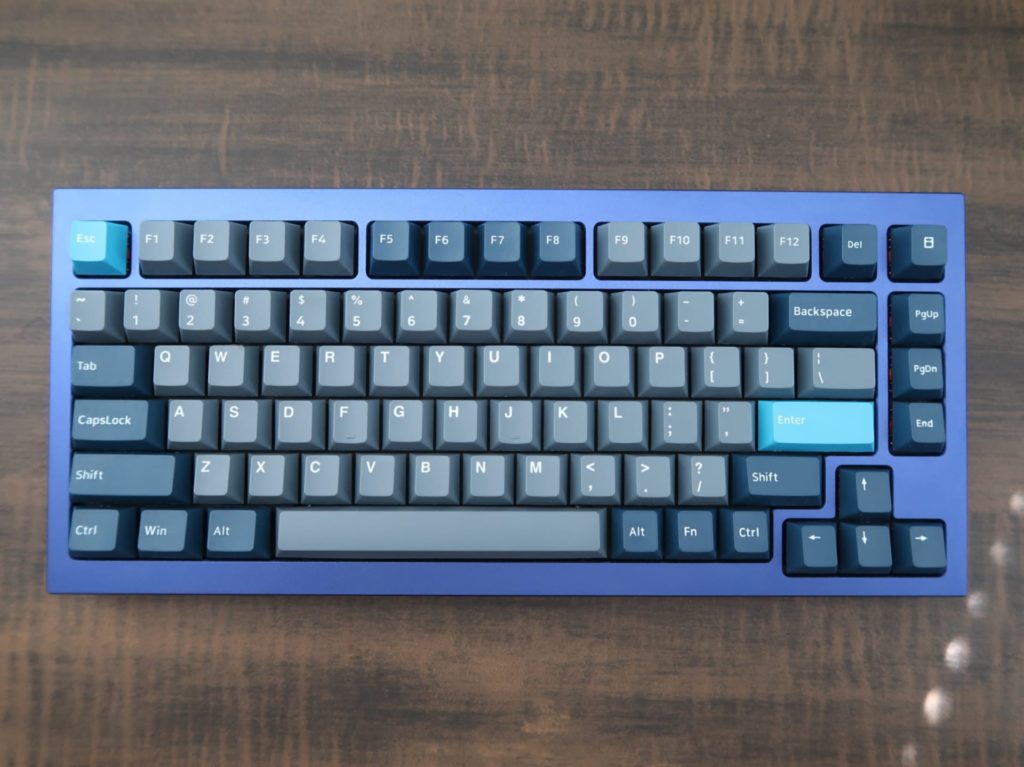
The unit I have is the Navy Blue colour, but since seeing in it real life, it looks more like a royal blue colour most of the time. Nothing like the dark Navy Blue that was advertised on their website. You can see in the pictures above and below on how the said ‘Navy Blue’ looks under direct light. The design of the Keychron Q1 is quite simple, nothing too unique to point out apart from the bezels that are noticeably thicker than their other ‘K’ series boards. One thing to note is that if you are using Cherry profile keycaps, there will be a slight gap between the case and keycaps.
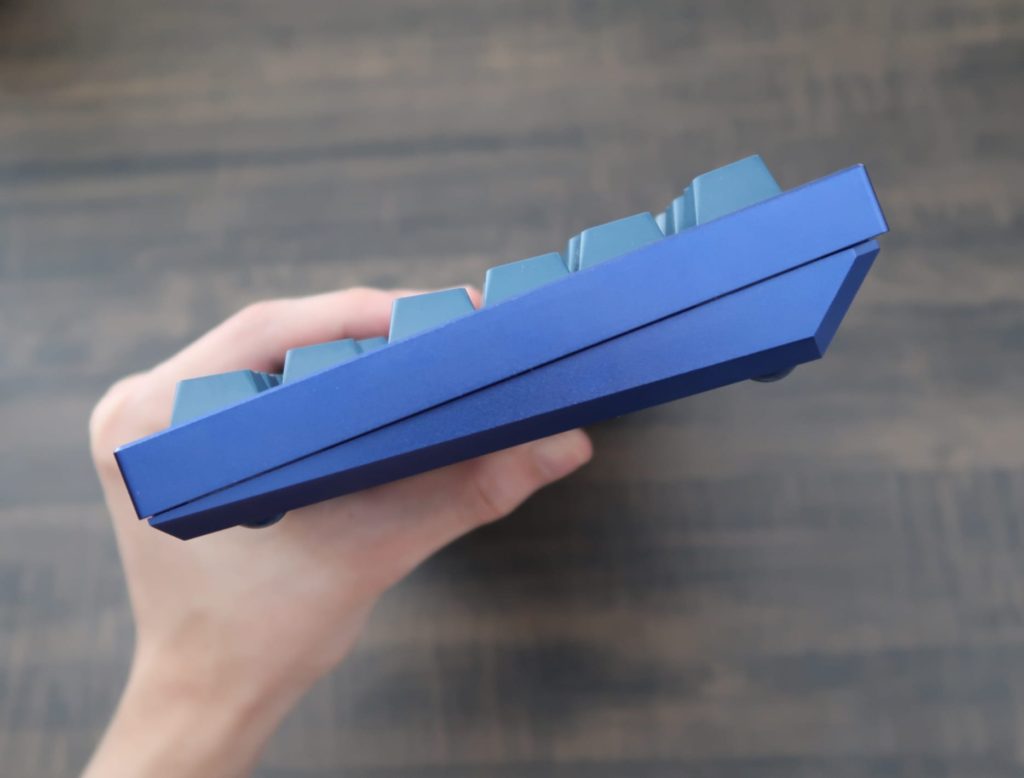
There are four rubber feet, and the typing angle is a rather gentle 5.2°. Keychron also included spare screws and gaskets in the package. The Keychron Q1 is rather easy to open and get inside. If you are using the WowStick screwdriver, you can use the screw H2.5 to open up the bottom case.
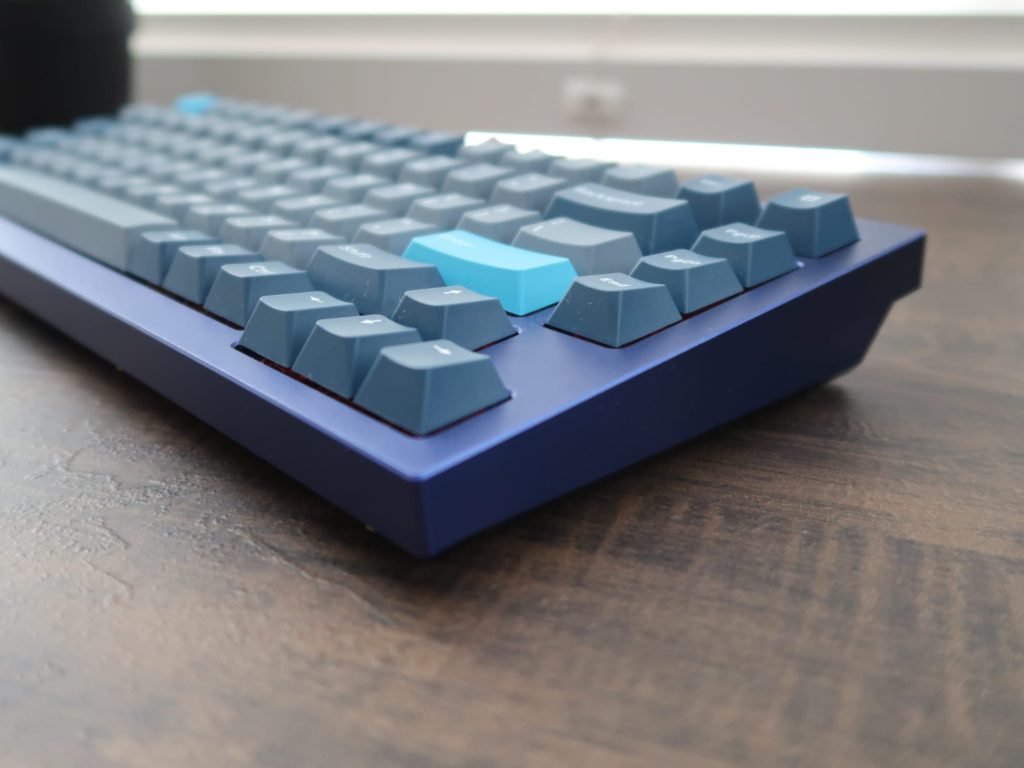
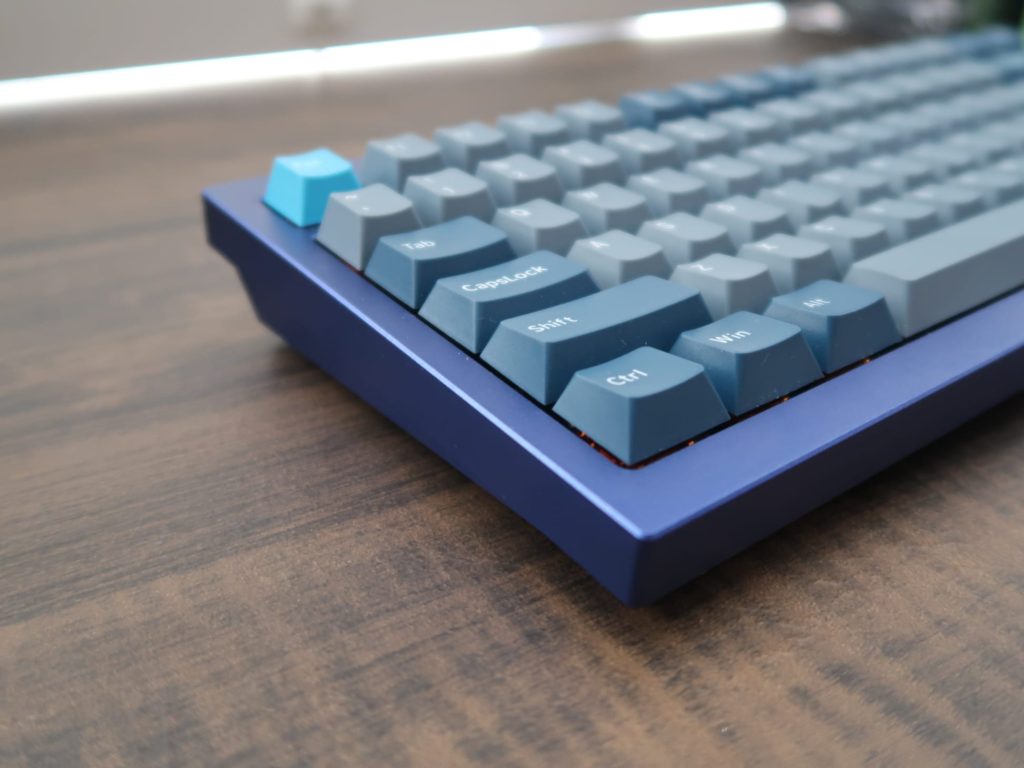
If you’re new to modding keyboards, please refer to Keychron’s user guide for Q1.
Stabilizers
Keychron do include into stabilizers in the Barebones kit, and they are Gateron screw-in stabilizers. It is nice to see Keychron including screw-in stabs at this price point instead of throwing in plate-mounted ones. The stabilizers comes factory lubed which are just decent to use. Personally, I had cleaned the factory lube off and done my own modding. I performed Epsi mod, and lube the stabilizers with Krytox 205g0 and xht-bdz for the wires. The modded stabilizers are noticeably better and I would recommend you do the same.
Typing acoustics, modding potential and experience
I tested typing on the Keychron Q1 at its out-of-the box stock with Tangerines 62g linear switches and PolyCaps Whale PBT keycaps, and boy it was pingy and hollow. Keychron Q1 is a gasket-mounted keyboard which aims to provide a more flexible typing experience. However, Keychron dumped two layers of case foam in the case which made the typing experience rather stiff and didn’t really help with the ping or hollowness.
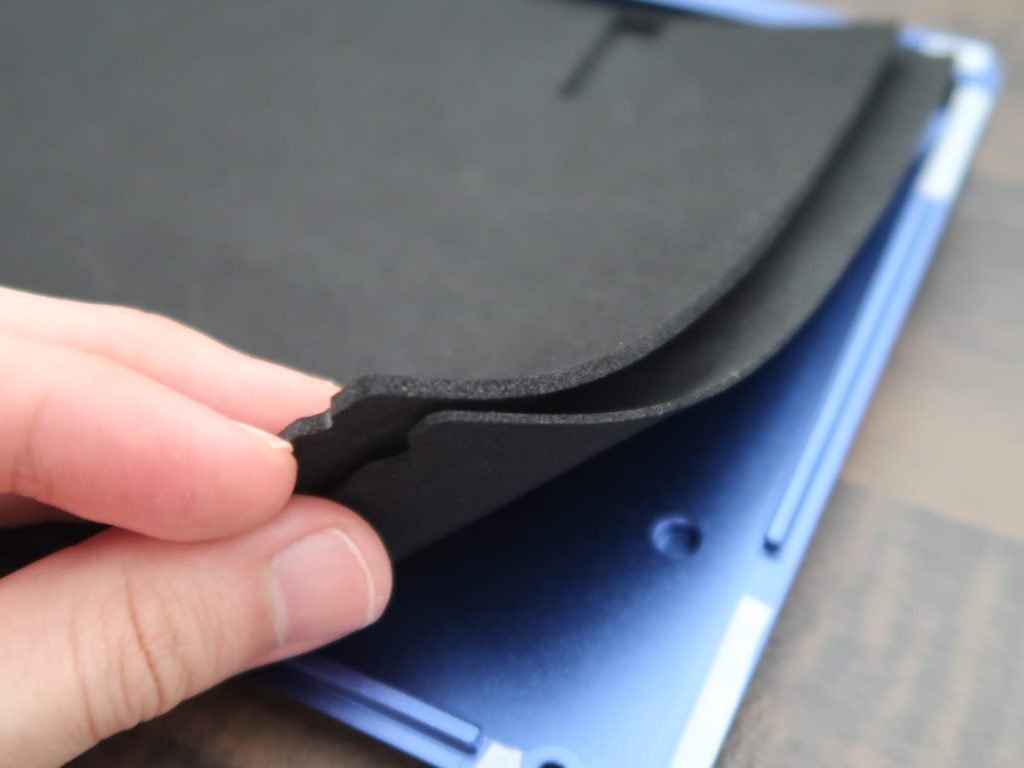
If you are intending on purchasing the fully assembled one and using it stock I would discourage it as the acoustics of the stock Keychron Q1 isn’t a nice experience. Thankfully, the Keychron Q1 actually has pretty high modding potential and there are simple and cheap mods you can perform to eliminate the ping and hollowness.
If you only had to do one mod, I would say it would have to be the ‘force break’ mod. The force break mod is essentially sticking 2-3 layers of masking tape on the bottom case, at the areas where it contacts the top case after screwing them in together. The tape will act as a washer and prevent the ping from resonating back to the case.
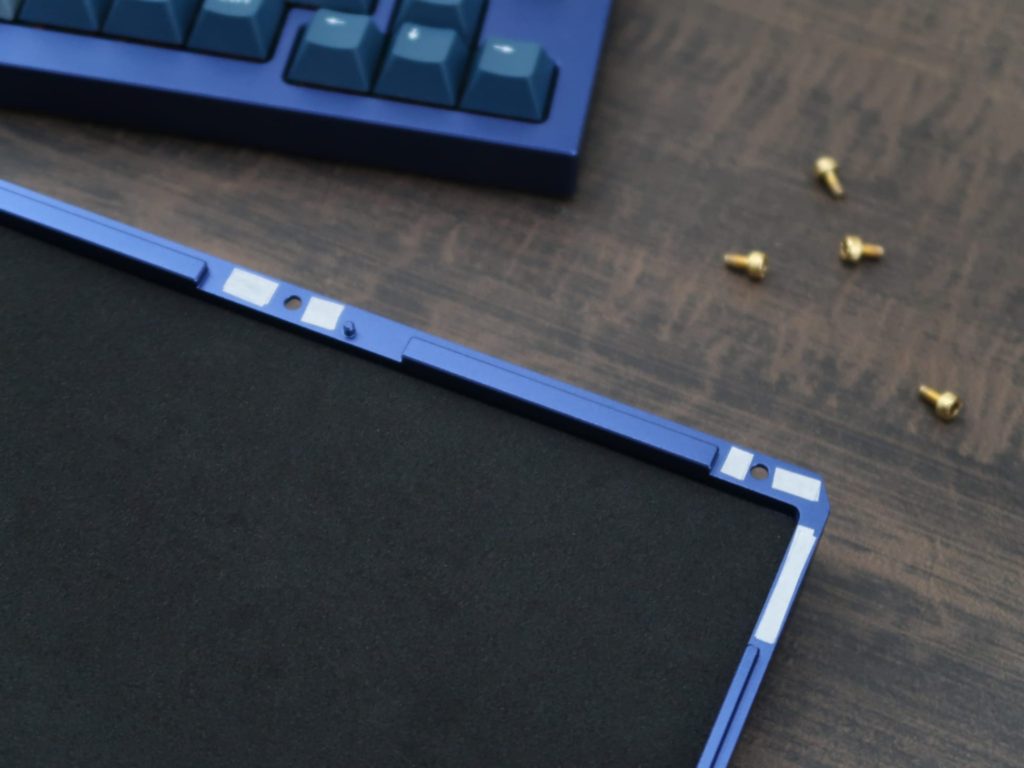
There are two layers of case foam, one being thicker than the other. I removed the thicker foam in order to retain the flex of the gasket mount. I also performed Tempest tape mod on the PCB to further reduce ping and to bring out the clack from my Tangerines switches.
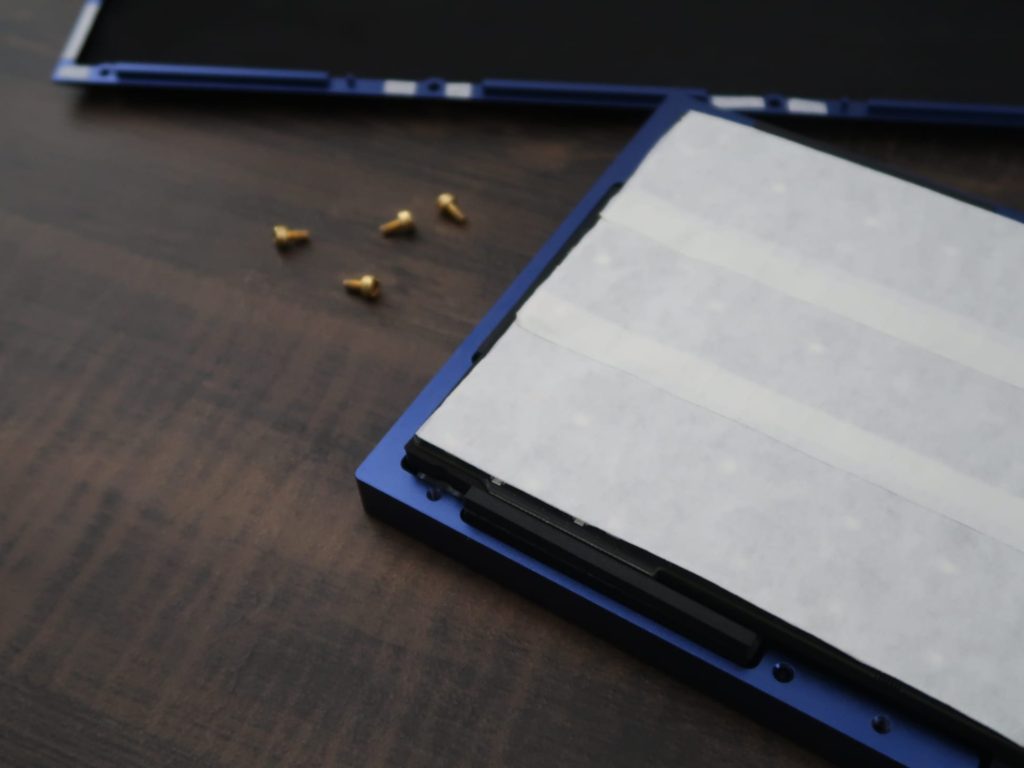
The result is a board with a clacky sound signature, without the ping and hollowness. You can refer to the video below (recorded with Boya BY-MM1 microphone, imo not the best recording):
Connectivity & QMK and VIA
Unlike all of Keychron’s ‘K’ series boards which comes with Bluetooth, the Keychron Q1 doesn’t has Bluetooth connectivity. It is a wired-only use via USB-C input. A nice touch that Keychron did was to include a coiled aviator Type-C to Type-C cable, which just looks way cleaner on your desk compared to a regular braided cable. Keychron also included a USB-C to USB-A adaptor as well.
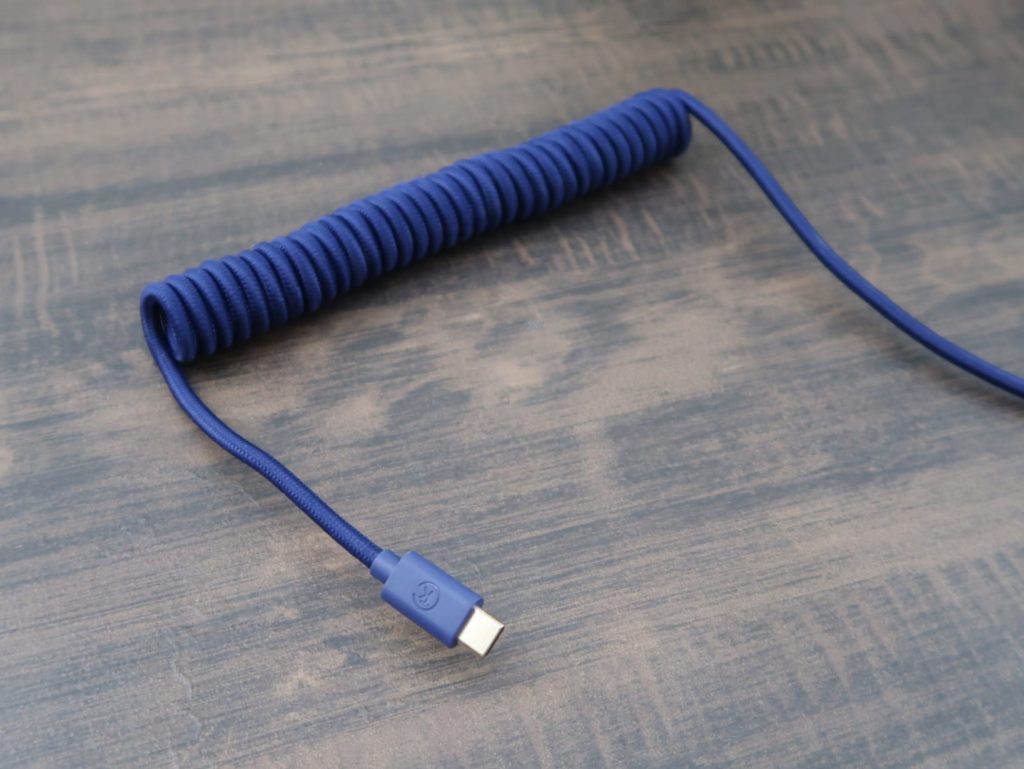
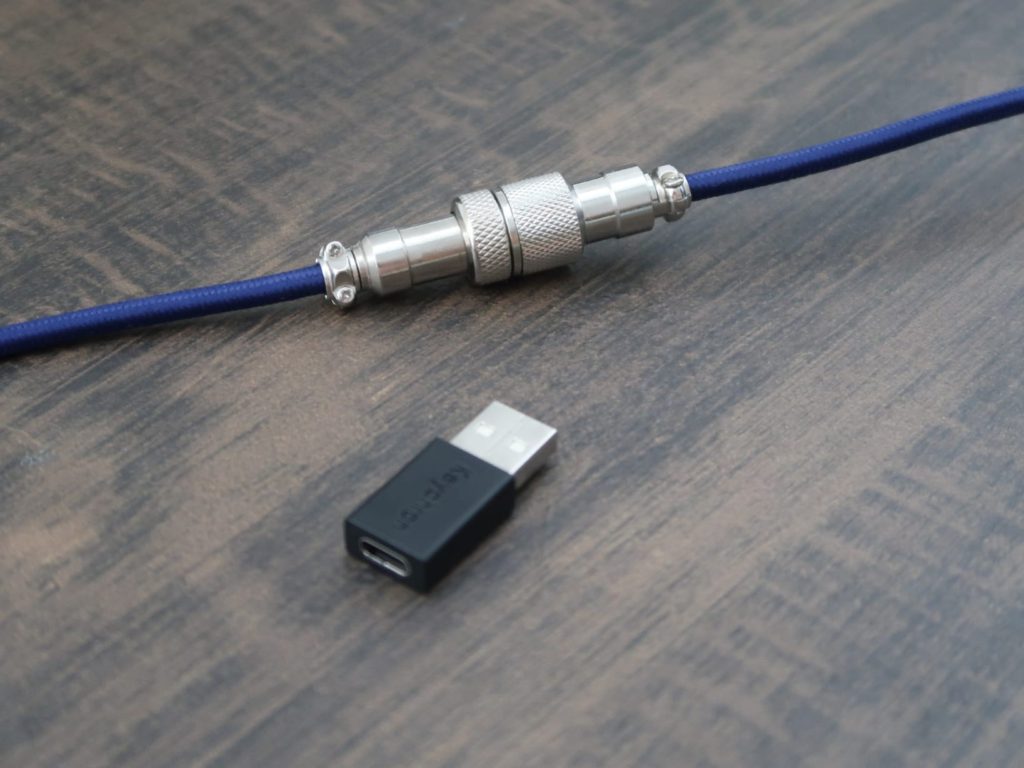
Not forgetting their roots of making mechanical keyboards for macOS users, Keychron maintained their stance in including a physical switch to configure between Windows and macOS. Keychron Q1 has full QMK and VIA support, allowing you to program and remap each key on the keyboard easily.
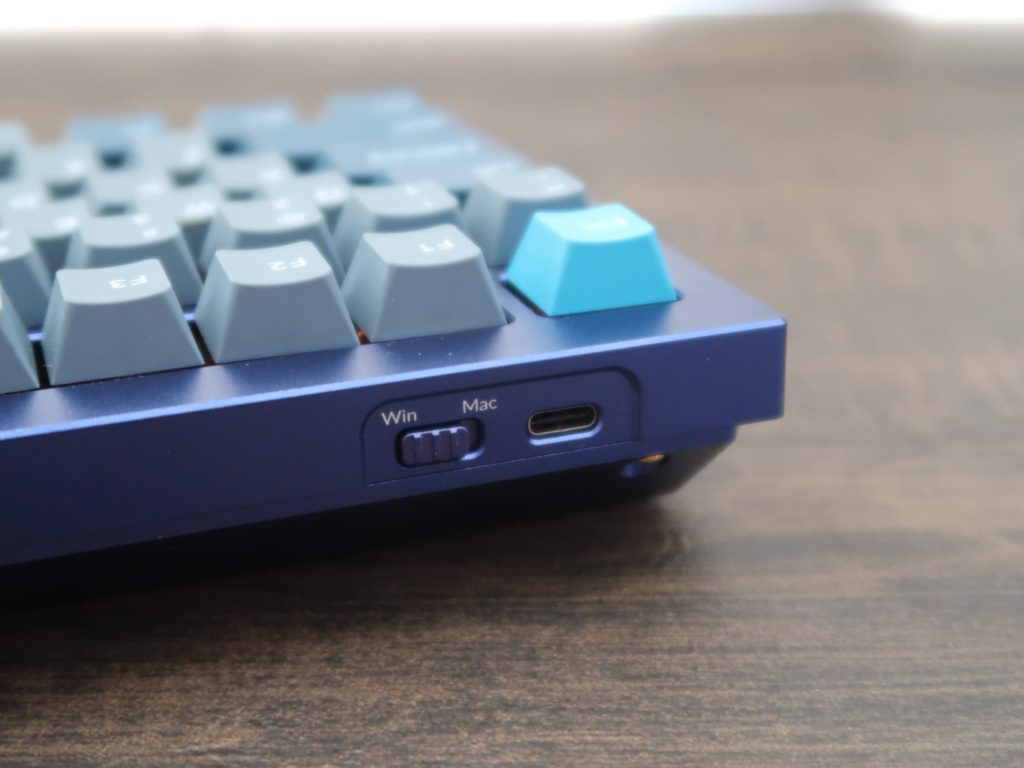
In the VIA software, there are a total of 4 layers. Layers 1 and 2 refers to macOS (‘2’ is when the Fn key is held down), while Layers 3 and 4 are for Windows (‘4’ is when the Fn key is held down). Personally, I use the VIA software to do remapping as I was not keen on the default buttons on the side. Also, I swapped out the F11 and F12 as volume down and up respectively for my convenience.
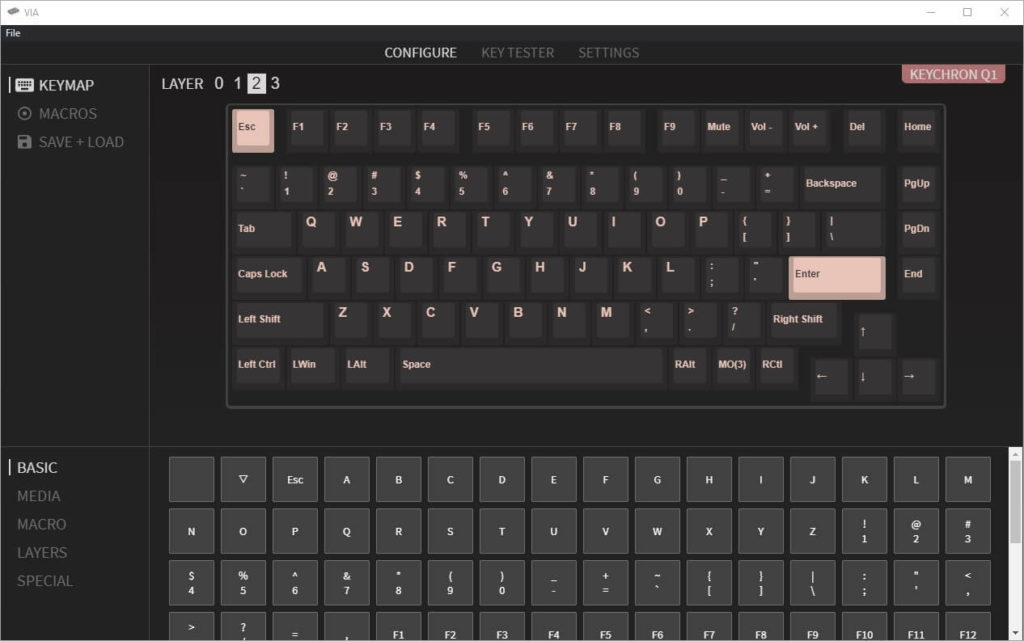
Keychron Q1 having full QMK and VIA support really adds to the functionality of keyboard. And both QMK and VIA being open source means it opens up more shortcuts, backlight effects, as more people use it.
Conclusion
Keychron has really come up big here with the Keychron Q1 making your entry into a custom mechanical keyboard scene a more affordable one. The stock experience is not great, but thankfully it is easily fixable with cheap mods. At US$149 for the barebones kit, you’d be hard pressed to find another custom keyboard that offers the same level of value and functionality as the Keychron Q1.
If you’re interested to purchase do use the referral link to enjoy 10% off your purchase!
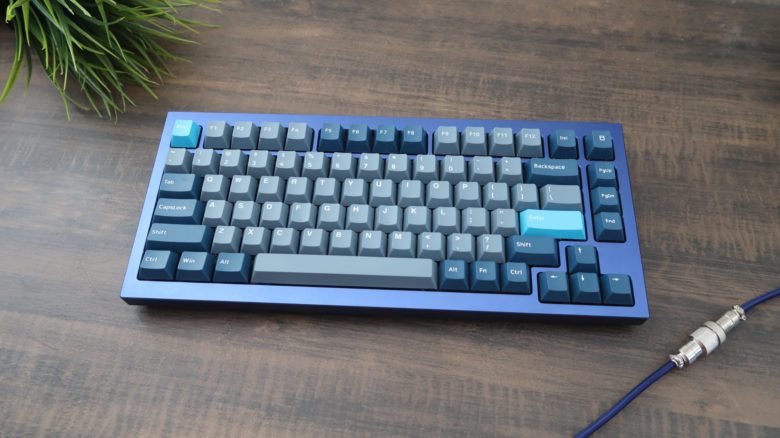

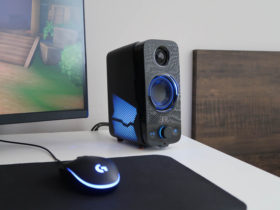
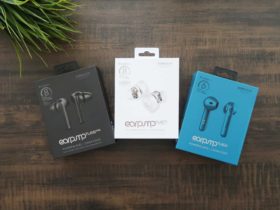
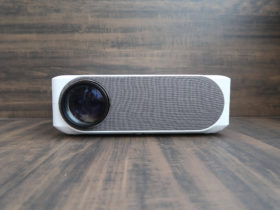
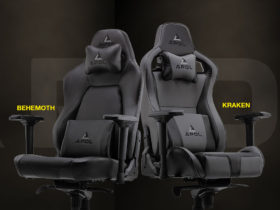
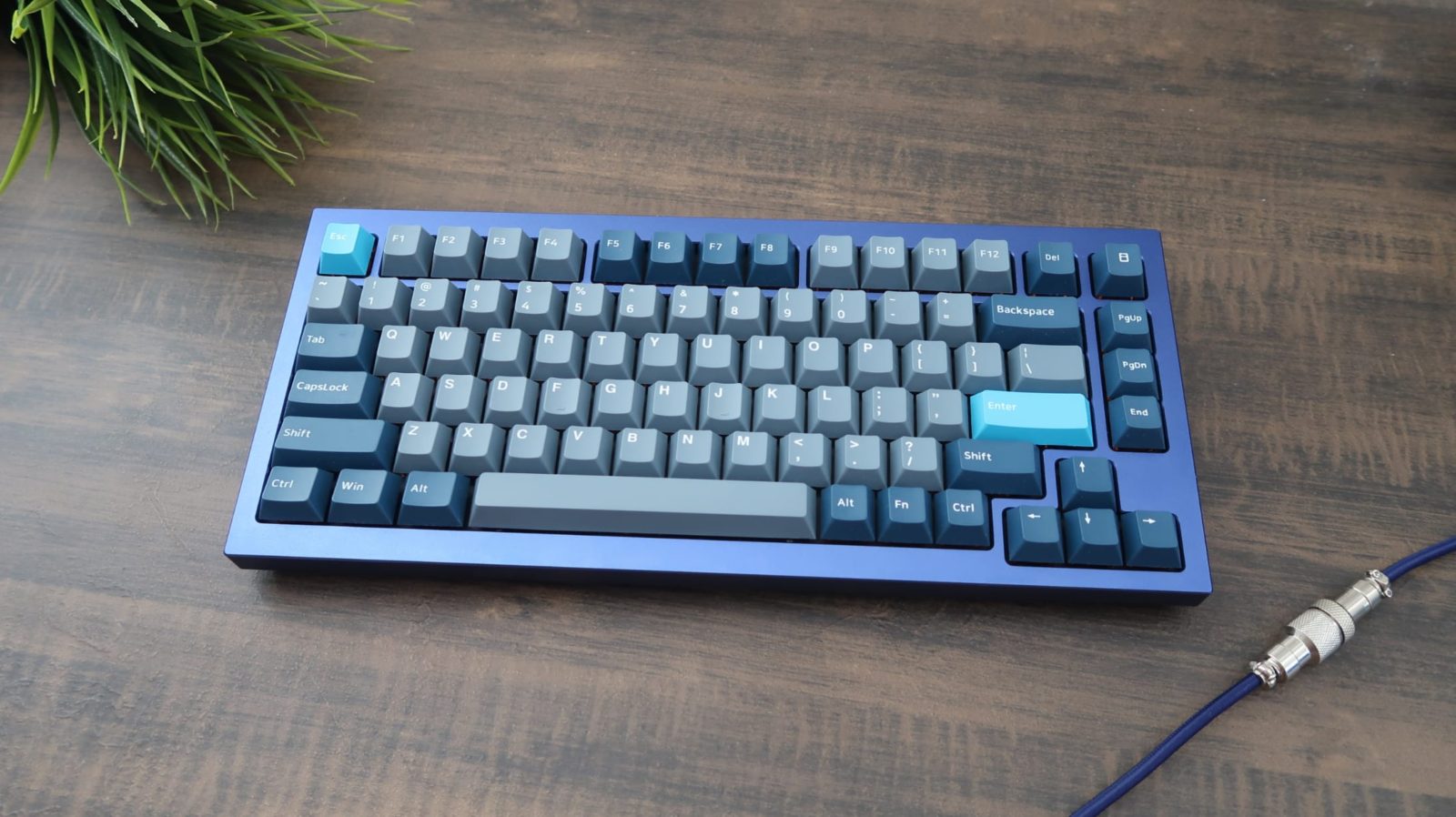








Leave a Reply